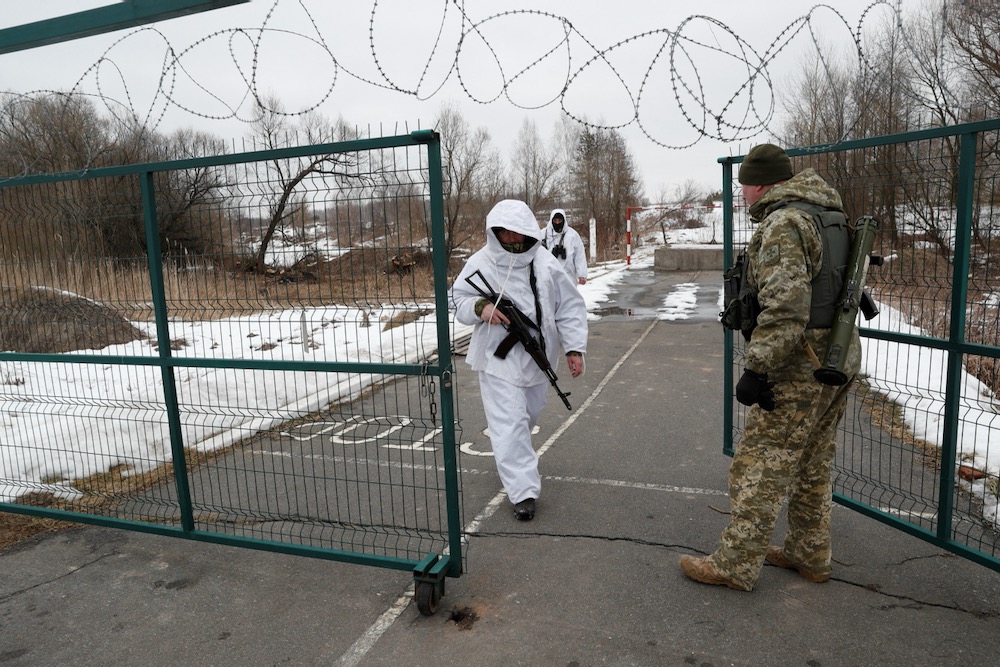MarketsFarm — Conflicting reports and accounts from the ongoing geopolitical tensions between Russia and Ukraine have had an effect on the markets, especially on the Chicago Board of Trade (CBOT), over the past week.
The March Chicago wheat contract had ranged from $7.65 to $8.15 per bushel during the week, but lack of precipitation in wheat-growing areas in the U.S. Plains has also had an effect (all figures US$).
“We’re going to react to every headline we get, and it seems as though every 24 hours we turn the headline around,” said Ryan Ettner, trader with Allendale Inc. at McHenry, Ill.
Read Also

U.S. livestock: Cattle futures end higher on cold weather, rising cash prices
Chicago | Reuters – Chicago Mercantile Exchange (CME) cattle futures closed higher on Thursday for the third straight session, as…
“You’ll hear one day the headline sounds generally calming and 24 hours after that, you hear headlines that are threatening.”
However, with more reports from Eastern Europe coming every day ranging from hawkish to dovish, Ettner suggested the market may be starting to ignore the noise.
The market “will depend on Russian headlines, but I think we’re starting to read these day-to-day headlines a little bit less. I would actually expect things to calm down a little bit,” he said.
“What (buyers) have done so far is react to whatever was the headline that morning. If there are tanks moving into Ukraine, you’re going to be up 20 to 30 cents. If they’re moving from Ukraine, it will be down 20 to 30 cents.”
Meanwhile, March corn and soybean contracts have shown little movement over the past week with a lack of speculative buying for the former, according to Ettner.
However, he added, soybean buyers are currently watching South America weather maps.
— Adam Peleshaty reports for MarketsFarm from Stonewall, Man.















